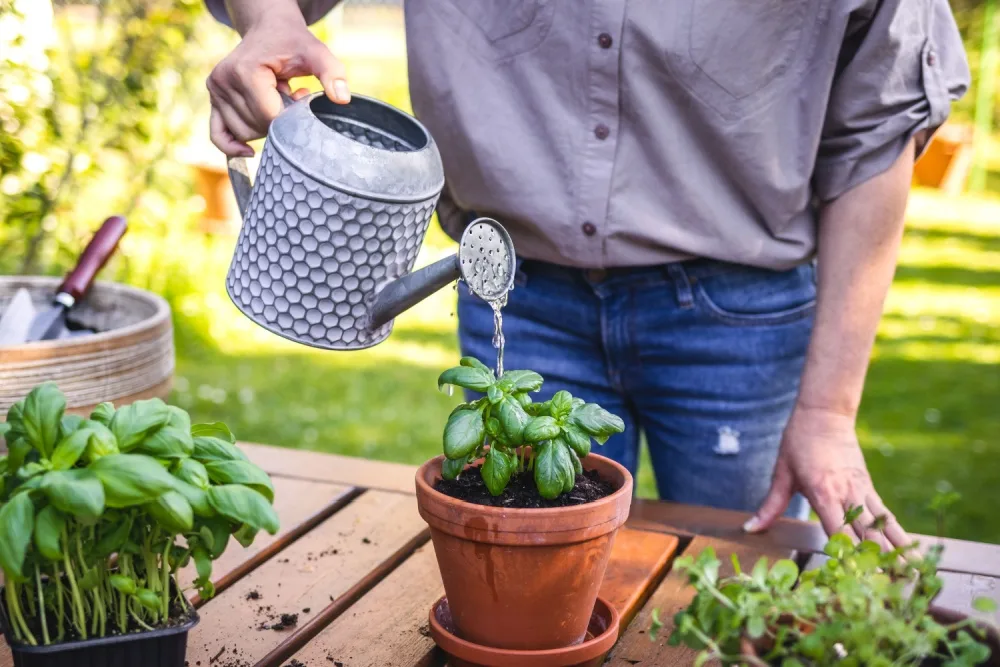14 May 2024
5 powerful tips that could help women close the investment gap
Women are less likely to invest than men – in fact, more than a third (37%) of women don’t invest at all. There are many reasons for the gender investment gap, and it could widen the wealth gap.
According to an Aviva survey, men are almost twice as likely to invest in a Stocks and Shares ISA, self-invested personal pensions, and general investment accounts.
The decision not to invest might seem like a small one, but it can have a significant effect on wealth creation over the long term.
The research found that women are more likely to use a savings account to hold their money. However, interest rates are often below the rate of inflation, which means cash is likely to be falling in value in real terms.
The Bank of England states that between 2013 and 2023, the average rate of inflation was 3% a year. So, if you added £10,000 to a savings account at the start of 2013, you’d need to receive more than £3,400 in interest over the next decade simply for your savings to have the same spending power.
In many cases, savings won’t have delivered the interest needed to maintain their value in real terms.
One way to grow your wealth in real terms could be to invest. Historically, investment returns have outpaced the rate of inflation when you take a long-term view. As a result, women being less likely to invest could have a profound impact on their wealth
If you’ve not taken the plunge and started investing yet, here are five useful steps that could help you.
1. Recognise when investing could be useful
Investing could provide a way to grow your wealth, but it’s not the right choice in all circumstances. Recognising when you might benefit from investing may help you feel more confident about your decision.
The Aviva research found that 6 in 10 women have a savings account. A cash account could be useful if you’re saving for goals that are less than five years away, as investment market volatility often means it’s not suitable for short-term time frames.
So, setting out what you want to achieve with your money could help you assess if investing or saving is the right option for you.
2. Create an emergency fund before you invest
9% of women said one of the reasons they didn’t invest was because they worried that they would need to withdraw money urgently. Taking steps to build a solid financial foundation could ease these concerns.
For some, that might mean adding money to an emergency fund so you have savings ready to dip into if you need to access money at short notice.
3. Get to grips with investment risk
All investments carry some level of risk. It can be a daunting prospect at first and the risk of losing your money could put you off investing. Indeed, almost 1 in 5 women who don’t invest said it was because the risk is “too high”.
While there is investment risk, the level varies. As a result, you can choose investments that have a risk profile that suits your situation and how comfortable you feel. Understanding your risk profile and that of different investments could give you confidence to take the plunge and start investing if you’ve been putting it off.
4. Take some time to learn how investing works
10% of women responding to the Aviva survey said investing was “too complicated” and 6% said they didn’t know where to start. Investing might seem complicated at first, but you can learn the basics and boost your financial confidence.
Essentially, when you invest, you buy an asset that you believe will increase in value over time. When you buy stocks or shares, you’re buying a small part of the company they are from. As investment markets can rise and fall, it’s often wise to take a long-term view when investing, such as a minimum of five years.
While you can choose individual assets to invest in, a fund removes some of the decision-making from investors. An investment fund pools your money with that of other investors to invest in a wide range of companies and other assets in line with its risk profile and criteria.
Another option is to work with a professional, like a financial planner, who could offer you tailored advice and answer questions you might have about investing.
5. Arrange a meeting with a financial planner
A financial planner will help you understand your wider circumstances and how your decisions could support your goals to create a financial plan that’s tailored to you. Part of your financial plan might include investing, and working with a financial planner could provide you with essential support if you’re nervous.
A financial planner could help you assess investment risk, explain why certain investments may be right for you, and even manage your investments on your behalf. If you want to benefit from investing but would like guidance or to take a hands-off approach, finding a financial planner to work with could be right for you.
If you’d like to arrange a meeting to find out how we could help you invest and create a financial plan, please get in touch.
Please note:
This blog is for general information only and does not constitute advice. The information is aimed at retail clients only.
The value of your investments (and any income from them) can go down as well as up and you may not get back the full amount you invested. Past performance is not a reliable indicator of future performance.
Investments should be considered over the longer term and should fit in with your overall attitude to risk and financial circumstances.






 Production
Production